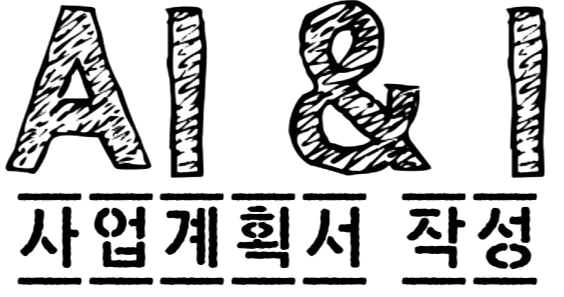Imagine if there were objective valuations for certain stocks, provided by a trustworthy group of experts. Would there still be an active market as we see today?
With the rising interest in STOs (Security Token Offerings), it’s anticipated that fractional securities based on various underlying assets will be traded. This is made possible due to the revolutionary improvement in computer performance and the advent of blockchain technology, which reduces costs. The fractional investment and STO market is undoubtedly a new market, and the emergence of new markets stimulates economic growth.
However, this new market faces several issues and challenges, one of which is the lack of objective valuations. Some experts point this out as a critical weakness of fractional investments and STOs. They argue that the basis for price determination is ambiguous, there’s an imbalance in information among market participants, and the risk of fraud or fake transactions is high. These issues could undermine the market’s efficiency and reliability, leading to losses for investors.
But such criticism might be excessive or transitional. The market will determine the price, just like in the art or real estate markets. Experts may provide opinions for specific purposes, but the price of investment targets is determined by supply and demand.
The idea that experts should determine the value and fix the price for trading goes against market principles. The market forms values through the interaction of supply and demand. If prices are determined solely by expert evaluations, it could degrade market efficiency. Prices should reflect the diverse opinions and judgments of market participants. In an economic system that operates efficiently and overcomes information asymmetry, deciding prices based solely on expert evaluations could make it difficult for investors to make efficient decisions.
If experts or their groups were to determine prices, it suggests that a freely trading exchange or platform wouldn’t be necessary. It means transactions could occur through orders to buy or sell through brokerage firms or intermediaries. However, the desired market is one where ST (Security Tokens) or fractional investment securities are traded freely and in real-time. This is because it would increase liquidity and market growth. But if valuations by expert groups were absolute, constant trading would be improbable. How often would stocks without price fluctuations be traded?
Markets where prices are determined solely by expert evaluations, unlike constantly open exchanges like the stock market, are rare. For example, in the art market, the value of a piece is determined by the bids and demand of market participants. Similarly, in the real estate market, prices are negotiated between buyers and sellers. Over time, the value and price in the fractional investment and STO market will naturally adjust.
Therefore, instead of emphasizing the lack of objective valuations in the fractional investment and STO market, efforts should be made to enhance the market’s transparency and reliability. Measures such as disclosing information on underlying assets, recording transaction histories, preventing fraud and fake transactions, and establishing dispute resolution mechanisms are necessary. These measures will improve the information available to market participants, increase investor confidence, and enhance market efficiency.
In conclusion, while the fractional investment and STO market faces various issues and challenges, including the lack of objective valuations, these will not significantly hinder the market’s growth and development. The market can determine its own value and price, and by seeking ways to enhance transparency and reliability, it can overcome these challenges. The fractional investment and STO market represent a new opportunity to stimulate economic growth and offers investors a range of promising options.


